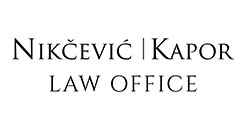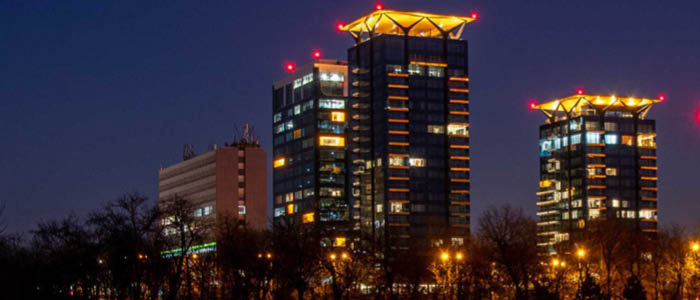One of the liveliest parts of the recently held panel discussion organised by the Association for Sustainable Development and the Youth Forum of the European Movement, was revolving around Serbia's obligation to reach 27% of its total consumption of energy to be coming from renewable energy sources (RES) by year 2020.
As already noted in a prior piece on our website, this has put Serbia in third place with regards to similar expectations in the region, since Montenegro and Bosnia are in front with figures of 33% and 40%, respectively. At this moment in time, the percentage for Serbia in this sense is 22%, meaning that a growth of 5% is necessary to happen in the next 4 years. It has been reported that, in order to reach this goal, the Serbian government will come to a decision on the best way to do so, especially in terms of deciding how to distribute the consumption – in the sectors of electric energy, heating & cooling, or the transport sector.
During the panel in question, it was also pointed out that Serbia's RES potential was significant, but that despite this fact it is currently far from being exploited to its full extent. Especially when taking into consideration some of the earlier obtained data, which showcases that RES systems have the potential to provide for half of Serbia's total annual energy needs.
Furthermore, other information that was presented included coal prevailing as the dominant resource used in the current production of electricity in Serbia. It was for this reason that special emphasis was placed on making bioenergy the backbone of Serbia's energy system – ensuring a stable and sustainable contribution in doing so.
Finally, it should be said that RES have been in use in Serbia only since the 1970's, and that they were introduced to the legislature only in 2000, meaning that despite the proven geographical potential, there is a lot of work to be done across a number of different fronts to turn RES into the dominant source of energy in Serbia.
By Milos Vuckovic, Senior Partner, and Petar Mitrovic, Senior Associate, Karanovic & Nikolic






























